By Mark McConville
THE HEARTBREAKING horrors of the Holocaust have been brought into light again thanks to a series of colourised images.
Striking shots show Senator Alben W. Barkley, member of a committee investigating Nazi atrocities, looking at a pile of bodies at Buchenwald concentration camp; Jews being executed by German army mobile killing units, the Einsatzgruppen, after they had dug their own graves; and starving children asking for alms in the Warsaw Ghetto.
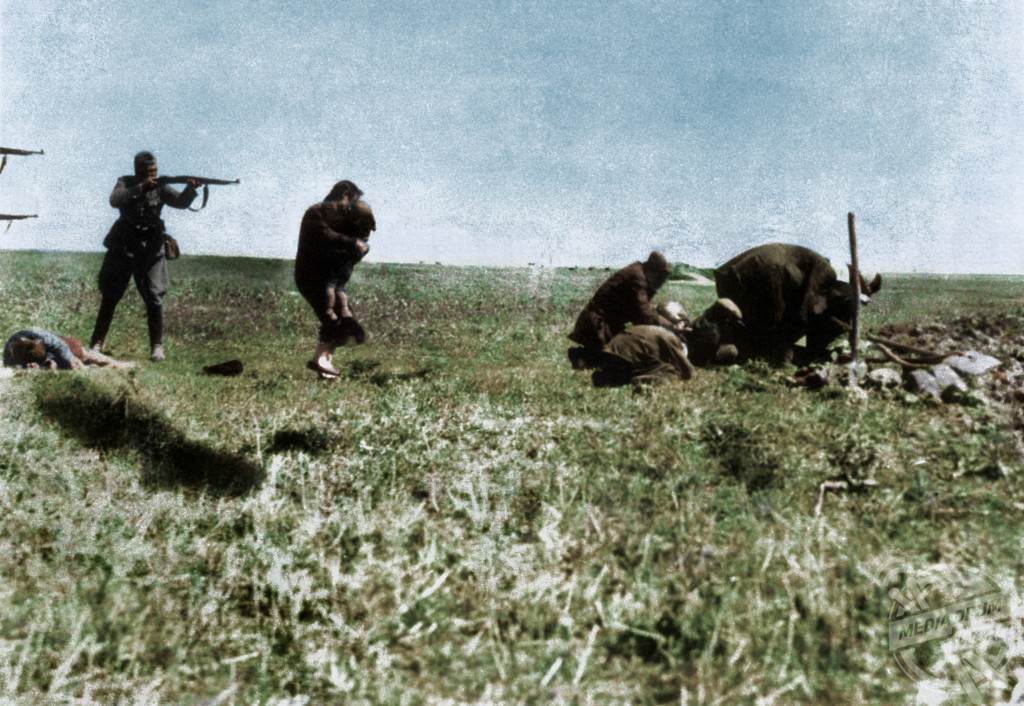
Joel Bellviure / mediadrumworld.com
Other horrifying images show thousands of wedding rings the Nazis removed from their victims to salvage the gold, prisoner no.40472 of the Auschwitz concentration camp who was identified as Michal Loborski and members of the 42nd Rainbow Division, 7th US Army uncovering a wagon transporting some of the horrors of Dachau.
The original black and white photographs were colourised by Joel Bellviure (17) who lives between Palma, Mallorca and Barcelona, Spain.
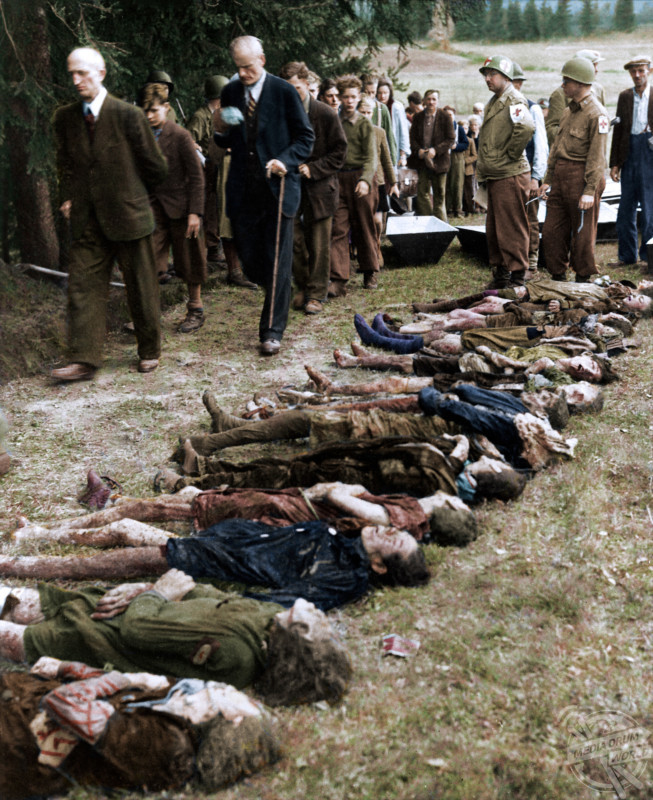
Joel Bellviure / mediadrumworld.com
“There are two reasons to make this Holocaust project,” he said.
“First, because of negationism. All this time, the Holocaust has been abused both by academic history, as well as cinema and popular culture. The lack of a true comprehensive history and the search for answers to a catastrophe that killed more than ten million innocent people, including at least five million Jews, has left room for denial, which questions in an interested way the previous numbers or even the Holocaust itself.
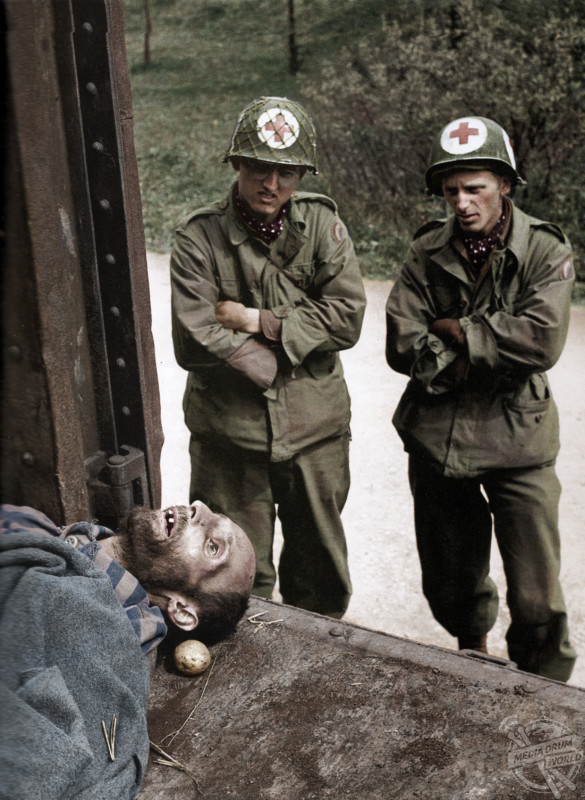
Joel Bellviure / mediadrumworld.com
“They refer themselves as “revisionists”, although they violate any historical method and their only objective is hatred. Perhaps these images make them see more closely the barbarism they defend. The other group of people they are addressed to are those who insist that the Holocaust must remain in black and white.
“Although I understand this last opinion, I totally oppose it. The Holocaust was something that happened, and it happened in colour. If we really want to understand everything that it supposed, we must get away from these convictions and show what happened and how it happened without any taboos.
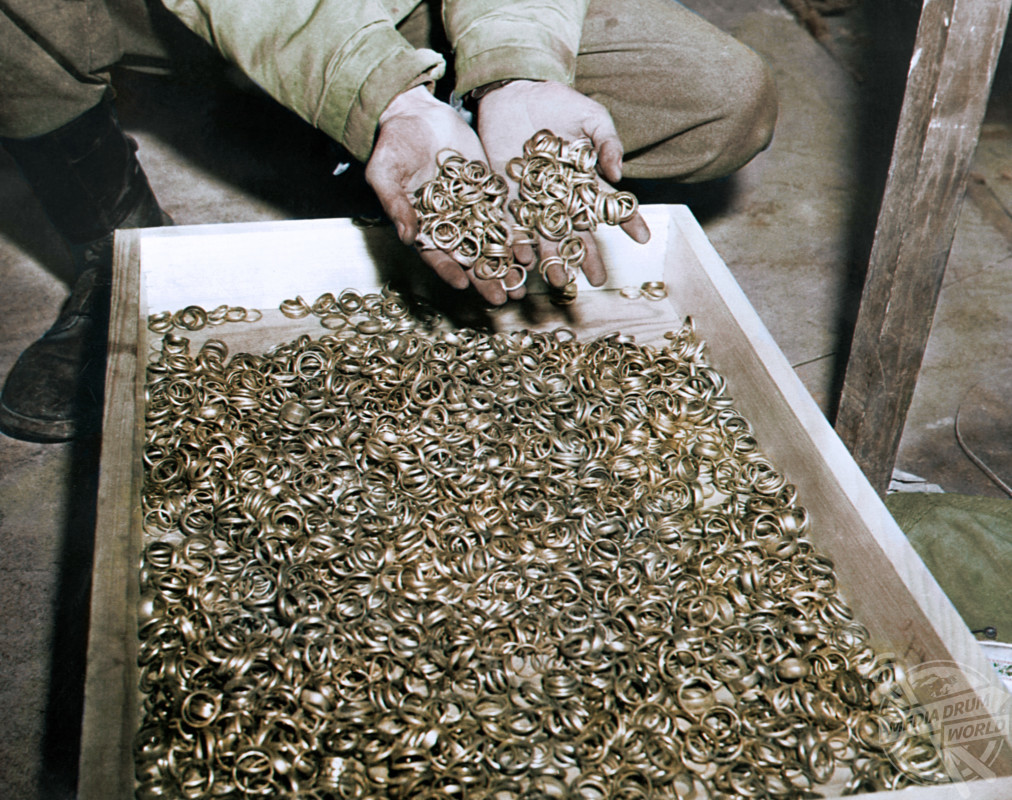
Joel Bellviure / mediadrumworld.com
“A colourised Holocaust picture can raise awareness that, although being seventy years old, the essence of evil will never evolve, that death doesn’t need to be romanticised because of being in black and white.”
The Holocaust was a genocide during World War Two in which Nazi Germany, aided by its collaborators, systematically murdered approximately six million European Jews, around two-thirds of the Jewish population of Europe, between 1941 and 1945.
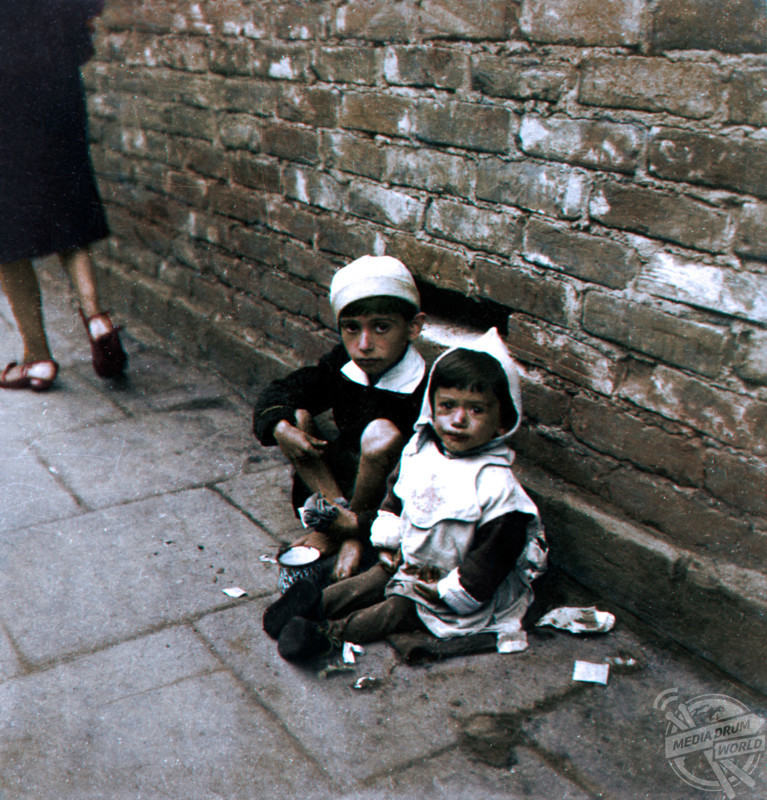
Joel Bellviure / mediadrumworld.com
Jews were targeted for extermination as part of a larger event, involving the persecution and murder of other groups by the regime, including in particular the Roma, ethnic Poles, and “incurably sick”, as well as political opponents, homosexuals, Jehovah’s Witnesses, and Soviet prisoners of war.
Germany implemented the persecution in stages. Following Adolf Hitler’s rise to power in 1933, the government passed laws to exclude Jews from civil society, most prominently the Nuremberg Laws in 1935. Starting in 1933, the Nazis built a network of concentration camps in Germany for political opponents and people deemed “undesirable”. After the invasion of Poland in 1939, the regime set up ghettos to segregate Jews. Over 42,000 camps, ghettos, and other detention sites were established.
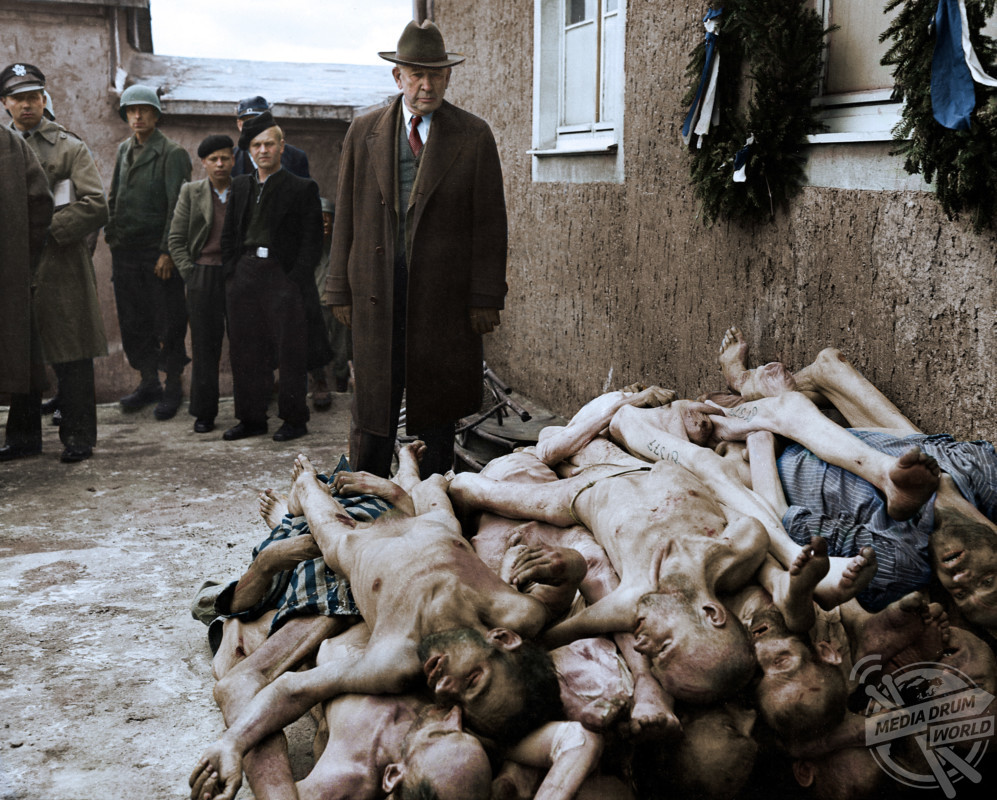
Joel Bellviure / mediadrumworld.com
The deportation of Jews to the ghettos culminated in the policy of extermination the Nazis called the “Final Solution to the Jewish Question”, discussed by senior Nazi officials at the Wannsee Conference in Berlin in January 1942. As German forces captured territories in the East, all anti-Jewish measures were radicalised. Under the coordination of the SS, with directions from the highest leadership of the Nazi Party, killings were committed within Germany itself, throughout German-occupied Europe, and across all territories controlled by the Axis powers.
Paramilitary units called Einsatzgruppen murdered around 1.3 million Jews in mass shootings between 1941 and 1945. By mid-1942, victims were being deported from the ghettos in sealed freight trains to extermination camps where, if they survived the journey, they were killed in gas chambers. The killing continued until the end of World War II in Europe in April–May 1945.
“These are a tiny sample of the brutality and death that the Nazi regime unleashed between 1939 and 1945,” added Joel.
“The images are hard, but they must be seen to understand what happened in those years so close to us.
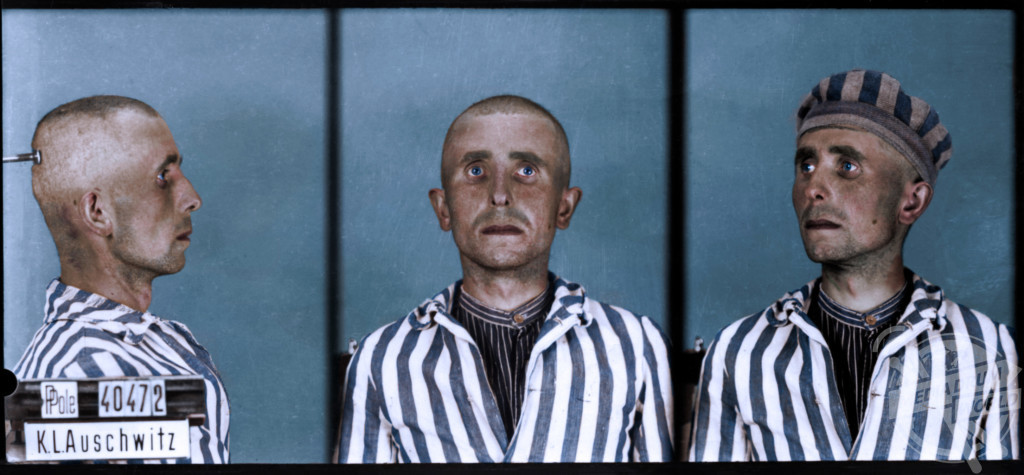
Joel Bellviure / mediadrumworld.com
“I tried to show each of the aspects of the Holocaust. Not very well-known aspects are represented, such as the mobile platoons, who were responsible for an immense percentage of the Shoah, the sub-camps, or the theft of rings extracted to the prisoners.
“Even so, many minorities are missing, such as the disabled, homosexuals, or Spanish Republican exiles.
“I have no personal or family relationship with the Holocaust, but I believe both the dead as the murderers were united by a same thing, that is, that we all are human beings and this helps me to understand that at any moment we can and we have passed from victims to executioners.
“The Holocaust and the Second World War have taught us many morals, but we have refused to listen to them, and now we keep wandering through the deserts of barbarism hitting us again and again.”






